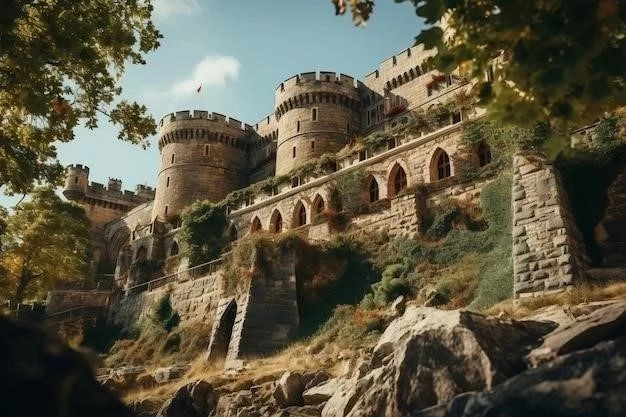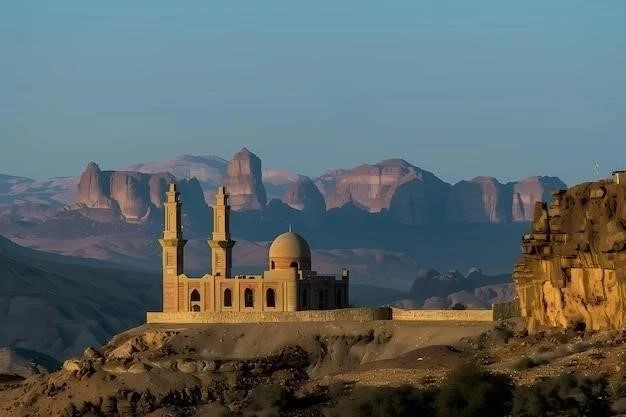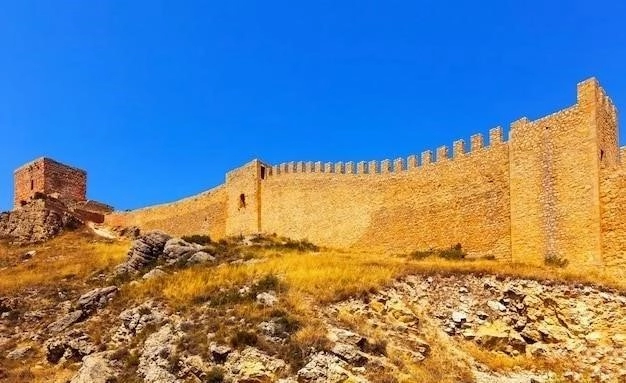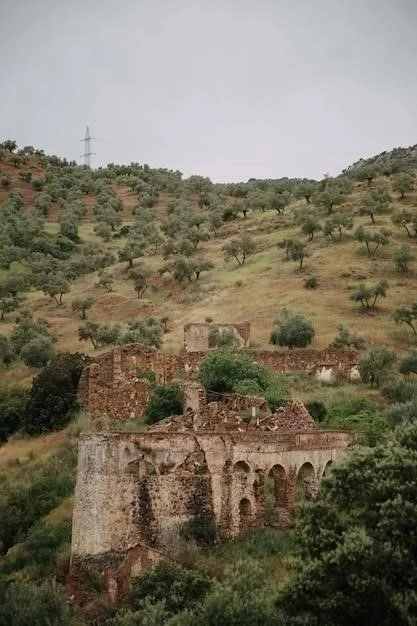Perched high amidst the majestic Sahyadri range in Maharashtra, India, Harishchandragad Fort stands as a testament to centuries of history and an irresistible challenge for adventure enthusiasts. This ancient fortress, with its rich historical tapestry and challenging trails, offers a captivating blend of heritage and exhilaration.

A Glimpse into History
The annals of Harishchandragad whisper tales from the 6th century CE, during the reign of the Kalachuri dynasty, who are credited with its construction. The fort has witnessed the rise and fall of empires, changing hands from the Yadavas to the Mughals, and finally to the Marathas. Each dynasty has left an imprint on the forts architecture and ambiance.

Architectural Marvels
Harishchandragad Fort is not just a military stronghold; its a repository of architectural wonders. Some key highlights include:
- Harishchandreshwar Temple: Dedicated to Lord Shiva, this temple showcases intricate carvings and a magnificent structure that has captivated pilgrims and visitors for centuries.
- Kedareshwar Cave: This cave temple, dedicated to Lord Shiva, features a massive Shivlinga, a natural rock formation that is perpetually submerged in water.
- Saptatirtha Pushkarni: A testament to the forts water management system, this intricately designed water tank speaks volumes about the engineering prowess of the bygone era.
- Konkan Kada: This cliff, offering breathtaking views of the Konkan region, is a photographers paradise and a trekkers delight.

Trekking to the Top: A Rewarding Challenge
Harishchandragad Fort is a trekkers paradise, offering trails that cater to different levels of expertise. The most popular routes include:
1. Pachnai Route:
This is considered the easiest and most popular route, taking approximately 2-3 hours to reach the top. It is well-marked and suitable for families and beginners.
2. Khireshwar Route:
A moderately challenging route that passes through dense forests and rocky terrains. It takes around 4-5 hours to reach the summit and offers stunning views along the way.
3. Nalichi Vaat:
The most challenging and adventurous route, Nalichi Vaat involves rock climbing, rappelling, and navigating through a narrow gorge. This route is recommended only for experienced trekkers with proper equipment and guidance.
Planning Your Trek
The best time to embark on a Harishchandragad trek is during the post-monsoon and winter months (October to February) when the weather is pleasant and the trails are less slippery. It is advisable to carry essentials such as:
- Sufficient water
- Snacks and energy bars
- Torches and extra batteries
- First-aid kit
- Rain gear (during monsoon season)
- Sturdy trekking shoes

Preserving the Legacy
As custodians of our heritage, it is imperative to treat this historical site with respect. Avoid littering, refrain from damaging any structures, and follow the guidelines set by the forest department.
Conclusion
Harishchandragad Fort is not just a destination; its an experience. An experience that blends history, adventure, and natural beauty in perfect harmony. Whether you are a history buff, an adventure seeker, or simply looking for a serene escape, Harishchandragad promises an unforgettable journey.
Accommodation and Facilities
While the allure of Harishchandragad lies in its rugged wilderness, basic accommodation facilities are available for those who wish to extend their stay and soak in the tranquility. Visitors can choose to pitch their own tents or opt for modest lodging arrangements made available by local villagers. It is advisable to book accommodation in advance, especially during weekends and peak seasons. Basic amenities such as drinking water and restrooms are available, but its recommended to carry your own supplies to ensure a comfortable experience.
Responsible Tourism and Conservation Efforts
Harishchandragad Fort, with its ecological and historical significance, demands responsible tourism practices. Visitors are urged to be mindful of their environmental footprint and adhere to guidelines set by local authorities. Some key responsible tourism practices include:
- Dispose of waste responsibly. Carry back all non-biodegradable waste and utilize designated dustbins.
- Respect the local flora and fauna. Avoid plucking flowers or disturbing wildlife.
- Support local communities. Consider engaging local guides and patronizing local businesses.
- Preserve the historical integrity. Refrain from defacing or vandalizing any structures or artifacts.
Beyond Harishchandragad
The region surrounding Harishchandragad Fort is home to other notable attractions that can be combined to create a comprehensive travel itinerary. These include:
- Kalsubai Peak: The highest peak in the Sahyadri range, offering panoramic views and a challenging trek.
- Bhandardara: A scenic hill station known for its dam, lake, and lush green valleys.
- Malshej Ghat: A mountain pass renowned for its cascading waterfalls and diverse flora and fauna.
Concluding Thoughts
Harishchandragad Fort stands as a symbol of Maharashtras rich history, architectural brilliance, and natural splendor. It beckons adventurers, history enthusiasts, and nature lovers alike, promising an enriching and unforgettable experience. By embracing responsible tourism practices, we can collectively contribute to the preservation of this timeless treasure for generations to come.
Experiencing the Majesty of Harishchandragad: Beyond the Essentials
While the aforementioned information provides a foundational understanding of Harishchandragad Fort, a truly comprehensive appreciation necessitates delving deeper into its nuances. This section aims to enrich that understanding by exploring facets that enhance the visitor experience and underscore the forts significance.
1. Temporal Variations and Their Allure:
Harishchandragad, akin to a living canvas, transforms with the passage of time, each season painting a unique spectacle.
- Monsoon Season (June ― September): The fort awakens to the life-giving force of the monsoon, its slopes adorned with cascading waterfalls and verdant foliage. While certain trails might pose challenges due to slippery conditions, the sight of the rejuvenated landscape is truly rewarding for those who embrace the elements.
- Post-Monsoon and Winter (October ― February): This period presents ideal trekking conditions with pleasant weather and clear trails. The crisp air and unobstructed views enhance the visual grandeur of the Konkan Kada and surrounding peaks.
- Summer (March ― May): While the summer months bring warmer temperatures, the fort retains a certain charm. The clear skies offer excellent stargazing opportunities, transforming the night into a celestial tapestry.
2. Engaging with the Local Culture:
A visit to Harishchandragad is incomplete without experiencing the warmth and hospitality of the local communities residing in the nearby villages. Interacting with them provides a glimpse into their traditional way of life, often intertwined with the forts history and legends.
- Local Cuisine: Savoring authentic Maharashtrian cuisine prepared by the villagers is an experience in itself. Freshly cooked meals featuring local ingredients offer a taste of the regions culinary heritage.
- Folklore and Legends: Engaging with the villagers often leads to captivating narratives and folklore associated with the fort, passed down through generations. These stories provide a glimpse into the forts historical and cultural significance from a local perspective.
3. Photography: Capturing the Essence:
Harishchandragad, with its dramatic landscapes, intricate architecture, and vibrant cultural nuances, is a photographers paradise. Here are some aspects to consider capturing its essence:
- Landscape Photography: The panoramic views from Konkan Kada, the rolling hills, and the interplay of light and shadow during different times of the day offer breathtaking landscape photography opportunities.
- Architectural Photography: The intricate carvings of the Harishchandreshwar Temple, the imposing structure of the fort walls, and the ancient water management systems provide a wealth of subjects for architectural photography.
- Cultural Photography: Capturing the spirit of the local communities, their attire, traditions, and way of life adds a human element to the photographic narrative.
4. Responsible Exploration for Future Generations:
As custodians of our heritage, responsible tourism is not merely a suggestion but an imperative. Preserving the ecological and historical integrity of Harishchandragad ensures its enjoyment by generations to come.
- Minimal Footprint: Adhering to designated trails, refraining from littering, and respecting the local flora and fauna are crucial aspects of minimizing our impact on the environment.
- Supporting Sustainable Practices: Opting for eco-friendly accommodation options, carrying reusable water bottles, and supporting local businesses that promote sustainable practices contribute to the long-term well-being of the region.
Harishchandragad Fort stands as a testament to the enduring spirit of history, the allure of adventure, and the importance of responsible exploration. By embracing these facets, visitors not only enrich their own experience but also contribute to the preservation of this magnificent heritage site.










